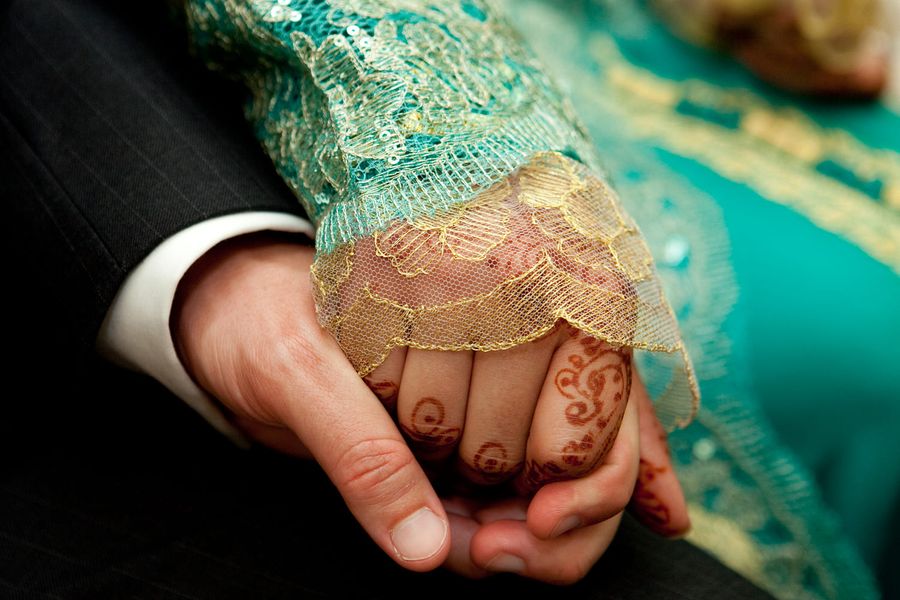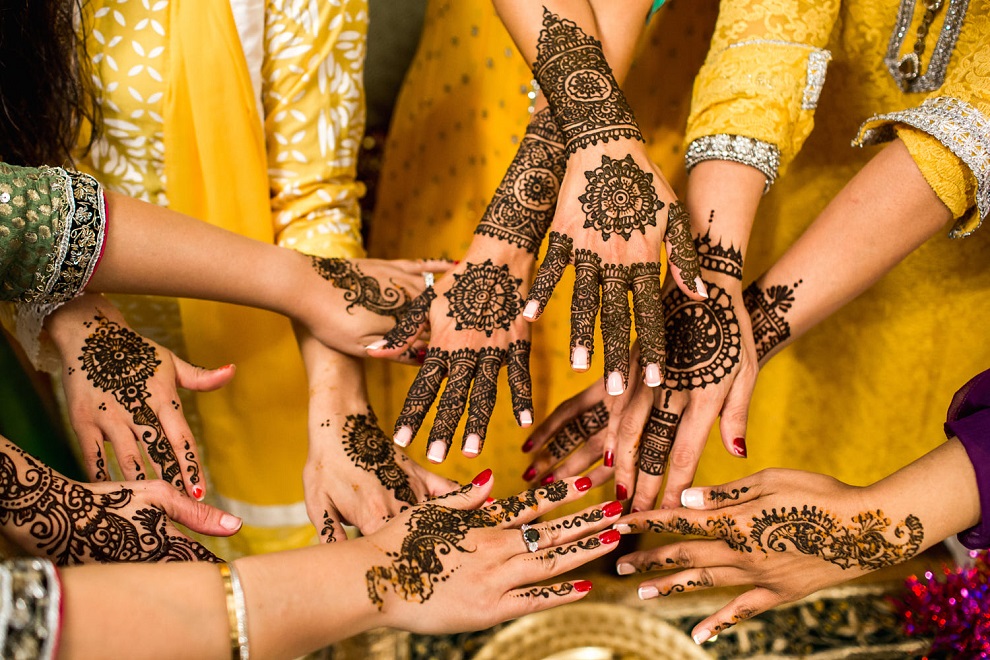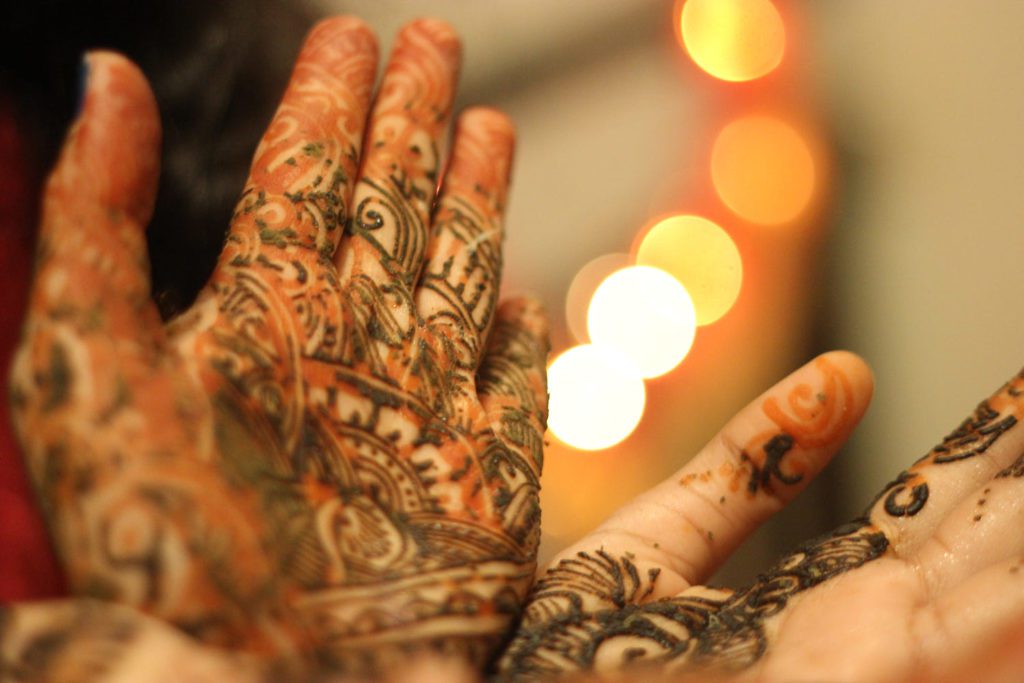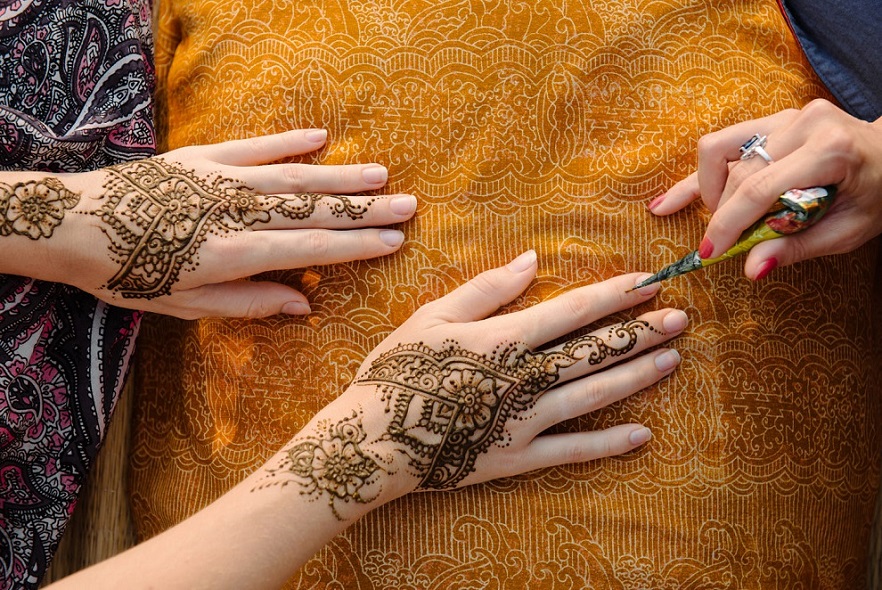Henna art, also known as mehndi, is a traditional form of body art that has been practiced in India for centuries. This intricate form of art is created using henna paste, which is made by grinding the leaves of the henna plant and mixing them with essential oils and other natural ingredients. Henna art is a popular form of body decoration, particularly during weddings and other celebrations, and is a symbol of beauty, love, and joy in Indian culture.
History of Henna Art
The use of henna for body art dates back to ancient times, with evidence of its use found in Egyptian mummies dating back to 1200 BCE. Henna art is believed to have originated in India, where it has been practiced for over 5,000 years. In India, henna is used to decorate the hands and feet of women during weddings and other celebrations, and is a symbol of good luck and happiness.

Designs and Techniques
Henna art is characterized by intricate and delicate designs, which are created using a small cone-shaped applicator. The designs are typically applied to the hands and feet, but can also be applied to other parts of the body. The designs range from simple patterns to elaborate and ornate designs that can take hours to complete. The designs are created by applying the henna paste to the skin and allowing it to dry, after which the paste is scraped off to reveal the design underneath.
Symbolism and Significance

In Indian culture, henna art is a symbol of beauty, love, and joy. It is often used during weddings and other celebrations as a way to bring good luck and happiness to the bride and groom. The intricate designs are believed to have protective and healing properties, and are said to ward off evil spirits and bring good fortune to those who wear them.
Henna art is also an important part of Indian folk medicine, and is used to treat a variety of ailments, including headaches, fever, and skin conditions. The essential oils and other natural ingredients in the henna paste are believed to have healing properties that can help to soothe and heal the body.
Where to Experience Henna Art in India
Henna art is widely practiced throughout India, and can be found at markets, festivals, and other cultural events. Some of the best places to experience henna art in India include the city of Jaipur in Rajasthan, where henna art is a popular form of body decoration, and the city of Mumbai, where henna artists can be found in markets and other public places.

Henna art is a beautiful and intricate form of body art that has a long and rich history in India. From its origins in ancient times to its continued popularity today, henna art remains an important part of Indian culture and tradition. Whether you’re looking to experience henna art for yourself or simply admire its beauty from afar, there’s no denying the significance and symbolism of this traditional art form.


1 comment
Your point of view caught my eye and was very interesting. Thanks. I have a question for you.